Exploring the Åland Islands
A Fascinating Archipelago Between Sweden and Finland
A Special Stop on Our Baltic Adventure
May 2025: For our two-week family trip across the Nordic States, I was especially excited about one destination: the Åland Islands.
Traveling with:
-
my wife
-
our nearly two-year-old daughter
-
my mother-in-law
—we set out to explore this unique archipelago nestled between Sweden and Finland.
Why Åland? A Place That Sparks Curiosity
The Åland Islands are one of those destinations that instantly piques my curiosity:
-
They are Swedish-speaking
-
They are autonomous, though technically part of Finland
-
They almost function like an independent country, with their own government, flag, and postage
I’ve always been drawn to these kinds of “in-between” places, where identity, culture, and politics blend in fascinating ways.
Two Days in Mariehamn
We spent two days and one night exploring the islands, basing ourselves in the island where the capital, Mariehamn, is located.
With a rental car, we were free to roam:
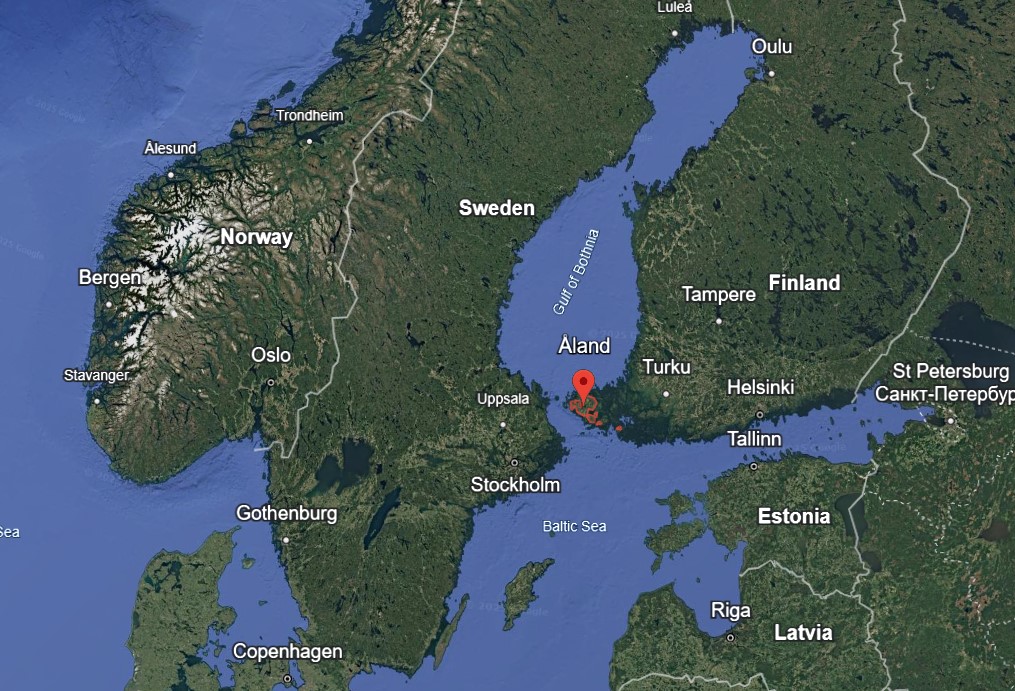
Location of Aland Islands
Åland: An Archipelago Shaped by Its Strategic Location
The Åland Islands are, in many ways, victims of their geography.
Positioned at the gateway to the Gulf of Bothnia, these small islands are simply too strategic to be left alone. Over the centuries, they have been:
-
Invaded and occupied by various powers
-
A pawn in conflicts between empires
-
Caught in the tides of European wars
A History of Conquest and Conflict
The Åland Islands have played a role in:
-
Viking wars
-
The rise and fall of the Swedish Empire
-
The expansion of the Russian Empire
-
The Crimean War
-
Both World Wars
-
The Russian Communist Revolution
Their location made them a coveted military and naval outpost in nearly every major conflict in Northern Europe.
Modern Autonomy Through the League of Nations
After World War I, Finland achieved independence from Russia. The status of Åland became a contentious issue:
-
The islands’ people were—and remain—Swedish-speaking
-
The majority of Ålanders wished to join Sweden, not Finland
The issue was brought before the League of Nations (the precursor to the United Nations). The League ruled:
-
Åland would remain a part of Finland
-
Åland would be granted autonomy
-
The islands would remain demilitarized
-
Ålanders would not be subject to mandatory military service in Finland
-
Åland would retain the right to self-rule and to maintain their Swedish language and culture
Effectively a Separate Country
Today, Åland operates with a surprising level of independence:
-
It has its own flag
-
Issues its own stamps
-
Manages its own government
-
Maintains Swedish as its official language
-
Its people are proud of their distinct identity
Though technically part of Finland, the Åland Islands in many ways function like a small country of their own—a fact that makes visiting them all the more fascinating.
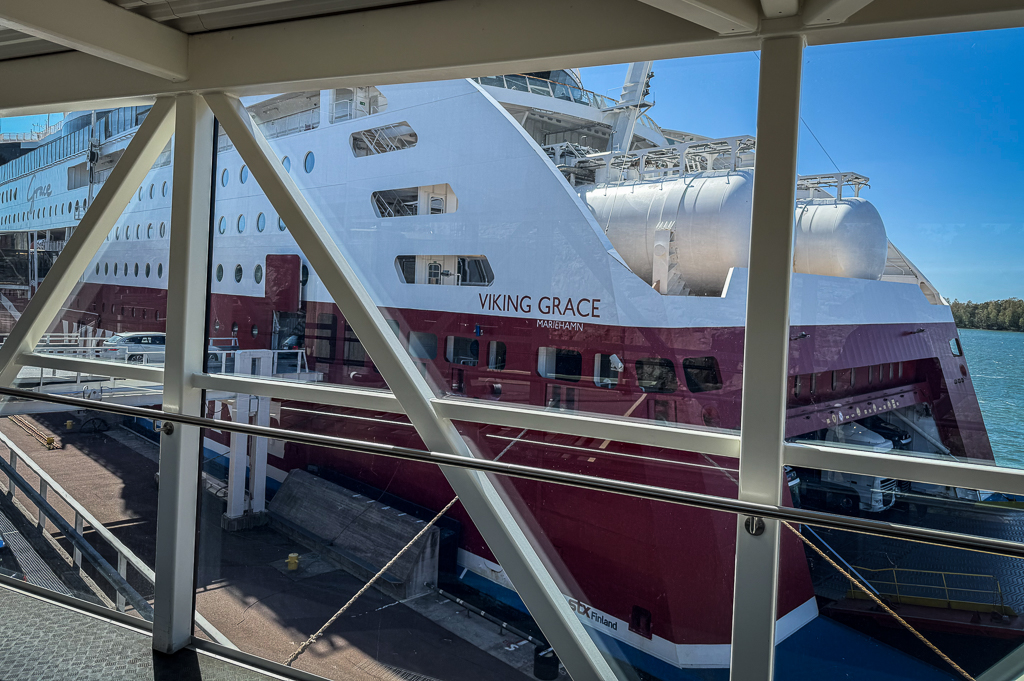
The ferry we took from Stockholm, Sweden to the Aland Islands
Åland’s Other Perk: A Duty-Free Paradise
Another unique advantage of the Åland Islands’ autonomous status is their ability to operate a bit like an independent country—especially when it comes to taxes.
Though part of Finland, Åland is outside of the EU’s tax union. The result?
-
The islands impose very low taxes on basic goods, including:
-
Alcohol
-
Cigarettes
-
Various other consumer goods
-
Why Visitors Flock to Åland
Because of this tax status, Åland has become a popular duty-free shopping destination:
-
Citizens of Sweden and Finland frequently take the ferry to Åland
-
Many come specifically to stock up on cheaper goods
-
Others simply come to enjoy a good time—duty-free prices combined with beautiful island scenery make for an attractive day or weekend trip
Reaching Åland by Ferry
This is also how my family and I reached the Åland Islands:
-
We boarded a large, comfortable ferry from Stockholm
-
The journey takes about five hours
-
The ferries are:
-
Inexpensive
-
Efficient
-
Comfortable
-
We even had our own private sleeping cabin with a bathroom and a view of the ocean—perfect for relaxing during the cruise.
After our stay in Åland, we continued on by taking another 5-hour ferry to Turku, Finland, a scenic and smooth way to travel between the islands and the mainland.
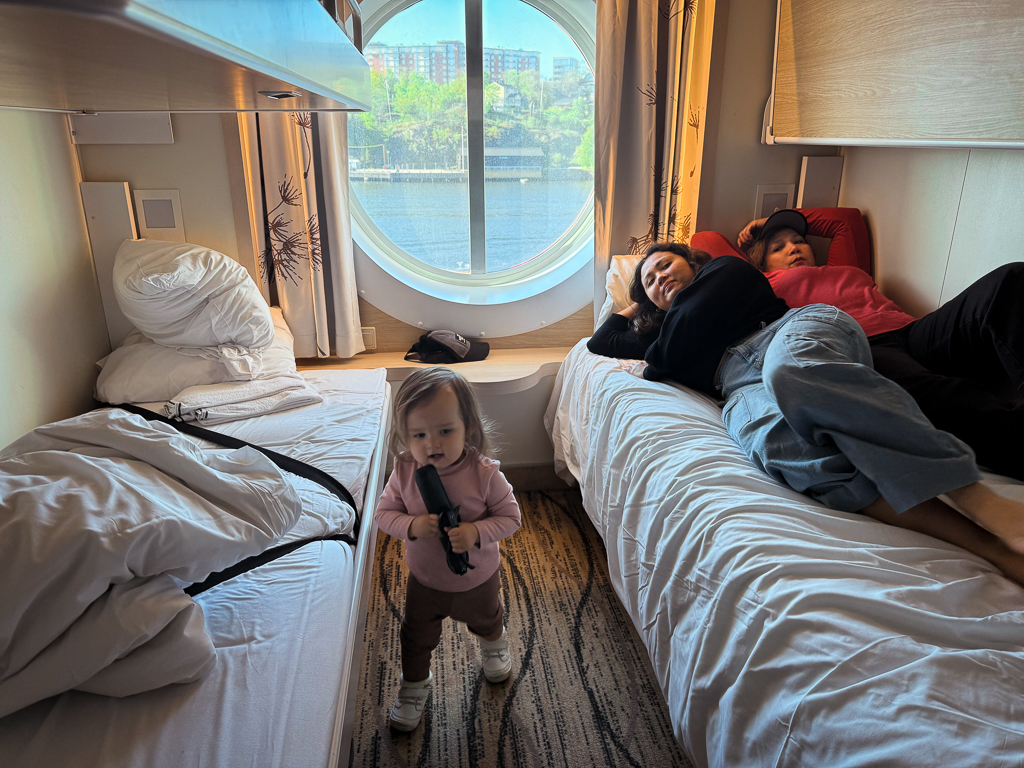
The ferry we took from Stockholm, Sweden to the Aland Islands
Arrival in Åland
Picking Up the Car and Racing the Weather
Upon arrival at the Mariehamn port, we picked up our rental car. Originally, I had arranged for it to be collected at the airport, but after a few friendly exchanges with the rental agency, they offered to deliver it directly to the port—a gesture that perfectly captured the easygoing, courteous spirit of the Åland Islands we would encounter again and again during our stay.
We loaded all our luggage into the largest vehicle the agency had available—a mid-sized SUV. At first glance, it looked like I’d be making two trips to our cabin, which was just 20 minutes away in Gottby. But with some creative packing (and perhaps a bit of stubbornness), we managed to squeeze everything into the car. The result: we were packed in like sardines, and I spent the drive with my chest and legs pressed into the dashboard—but it was worth it to avoid an extra trip.
Beating the Rain
My goal was simple: drop off the luggage and get out to explore the island as soon as possible. The weather was perfect—65°F and sunny—but the forecast for the next day called for rain. It was a clear now or never moment.
Despite everyone feeling exhausted from jet lag, I was determined to make the most of this beautiful afternoon. The Åland Islands were waiting—and I wasn’t about to waste a single sunny hour.
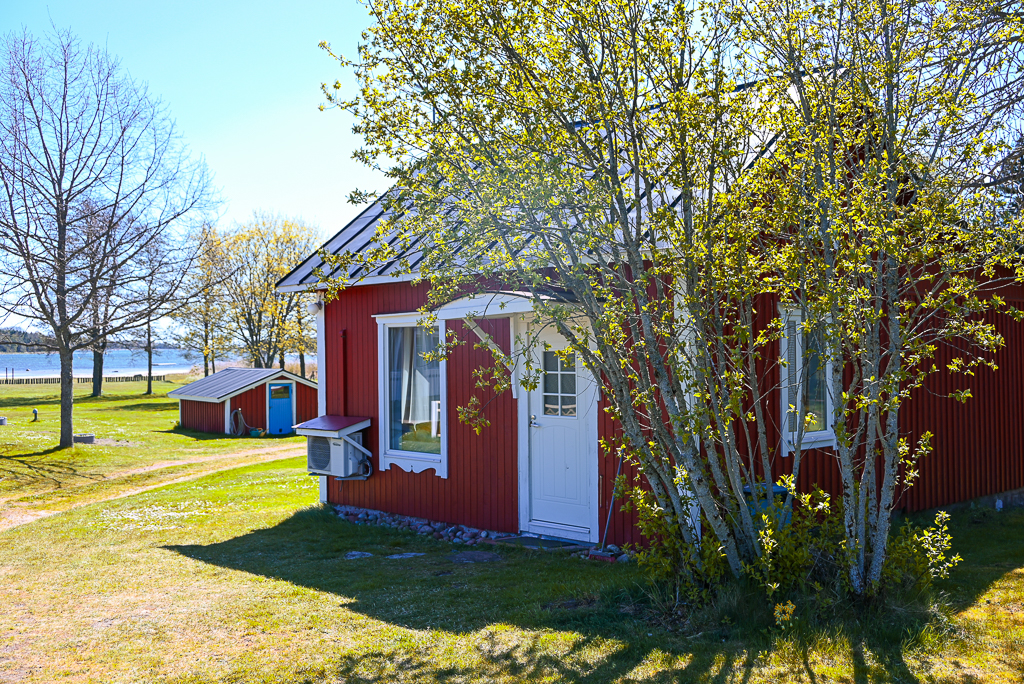
Our cabin stay in Gottby
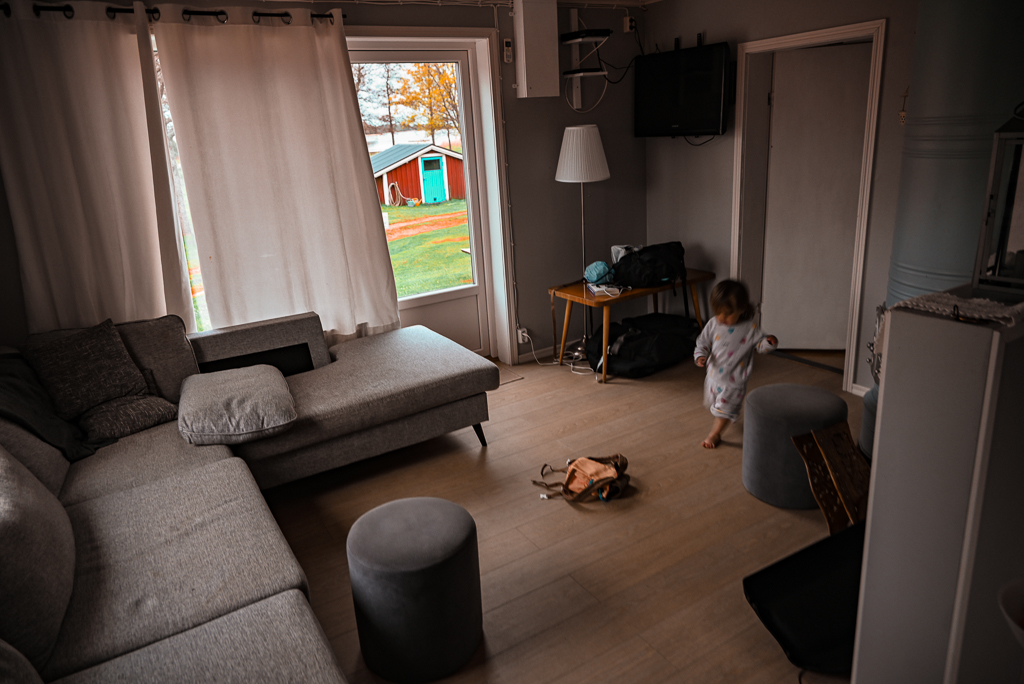
Having to baby proof the cabin before Indie broke everything
Stocking Up for a Cozy Island Stay
Since our cabin was tucked away in the middle of nowhere—peaceful and remote—we knew we’d need to be self-sufficient. With a full kitchen at our disposal, we made a stop at a local grocery store to stock up on supplies.
The highlight?
Indie, our almost 2-year-old daughter, insisted on doing her own shopping—pushing a tiny baby-sized cart through the aisles, proudly selecting her favorite items. It was a small but joyful moment that made our simple grocery run feel like an adventure of its own.

Indie doing her shopping
Exploring Åland’s History: Churches, Forts, and Castles
For the remainder of the day, we set out to explore some of Åland’s most fascinating historic sites—a journey through centuries of Nordic and European conflict and culture.
St. Olaf’s Church — A Stone Relic from the 13th Century
Our first stop was St. Olaf’s Church, a beautiful 13th-century stone church dedicated to the revered Norwegian king and saint, St. Olaf.
-
The church stands as one of the oldest surviving stone churches in Finland.
-
Its simple yet solemn design reflects its deep medieval roots.
-
Walking through its grounds, you can feel the weight of history that has passed through its walls.
Bomarsund Fortress — A Crimean War Battlefield
From there, we drove to the ruins of the Russian Bomarsund Fortress.
-
Built in the 19th century when Åland was under Russian control.
-
In 1854, it became the scene of a major battle during the Crimean War, when British and French forces attacked Russian defenders.
Today the fort lies in ruins, but the setting is evocative:
I walked alone among the crumbling stone walls, with no other visitors in sight—just the wind and whispers of a long-forgotten battle.
Kastelholm Castle — Windmills and Witch Trials
Our final stop was Åland’s only castle: The 13th-century Kastelholm Castle.
-
A Swedish-built medieval castle, standing watch over Åland’s oldest village.
-
Nearby, traditional windmills still dot the landscape, once used to grind local grains.
But Kastelholm hides a darker past:
It was once the site of witch trials and executions—grim chapters that contrast with the castle’s idyllic surroundings today.
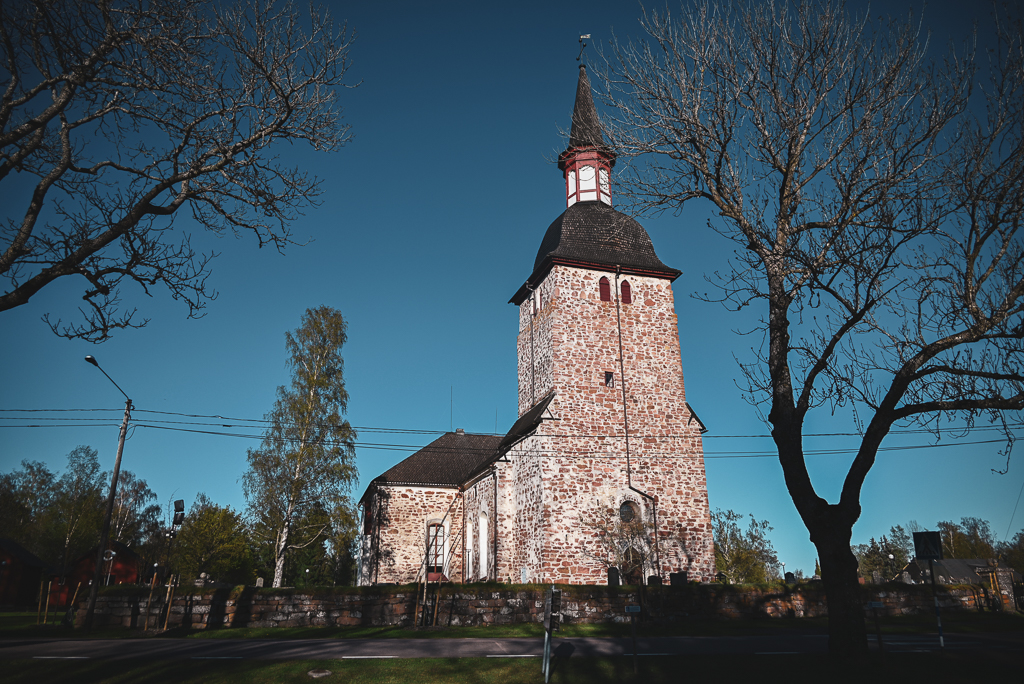
Saint Olafs Church
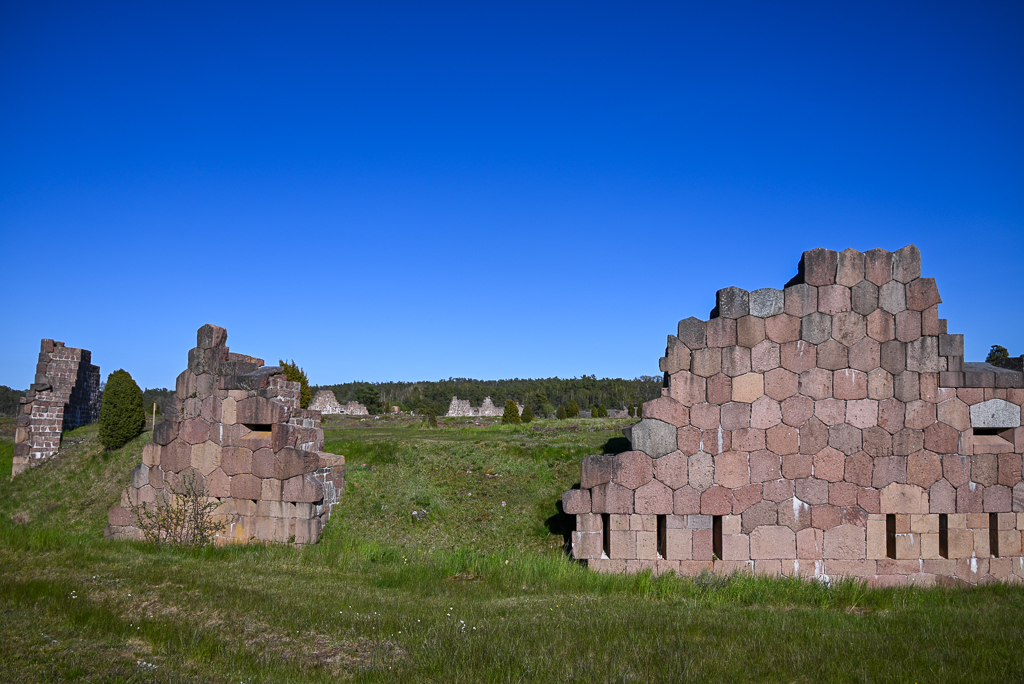
Russian Bomarsund Fortress
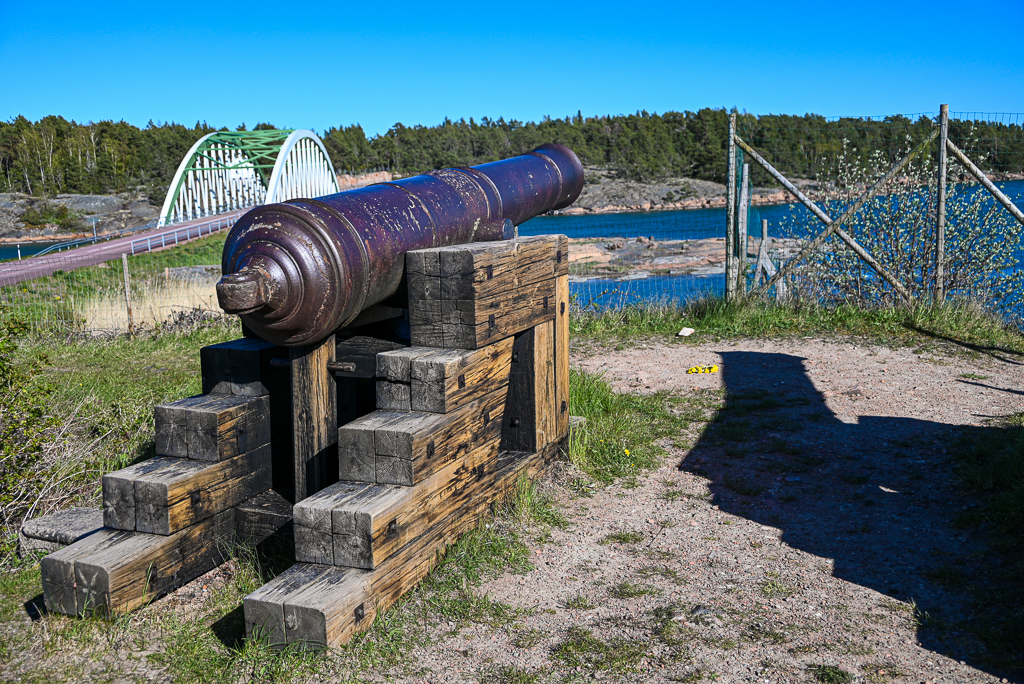
Russian Bomarsund Fortress
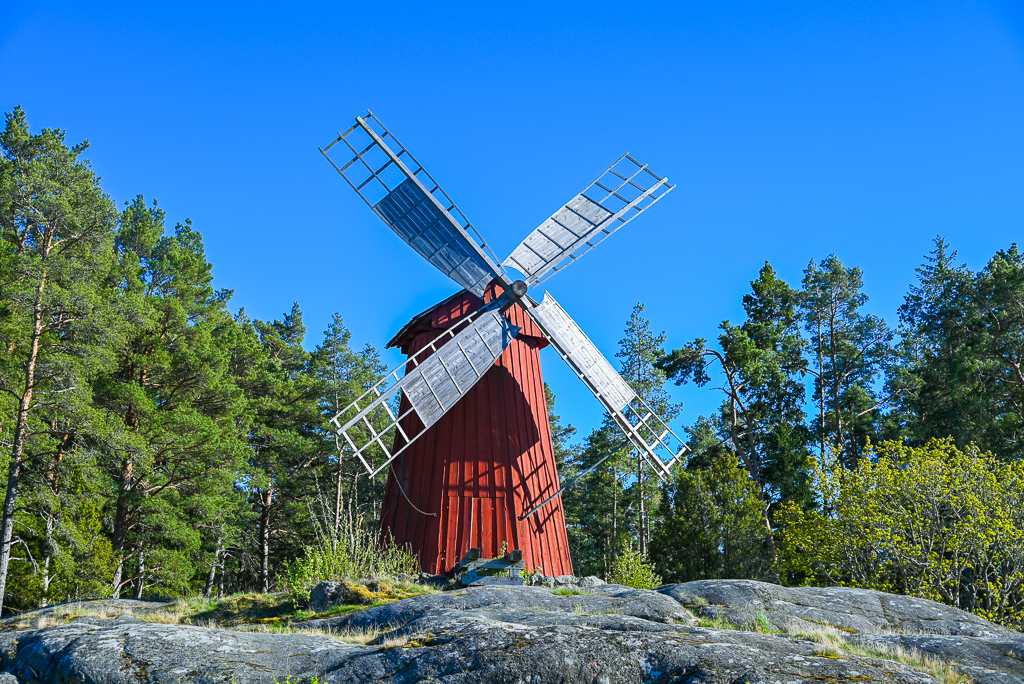
Windmill at Kastelholm Castle
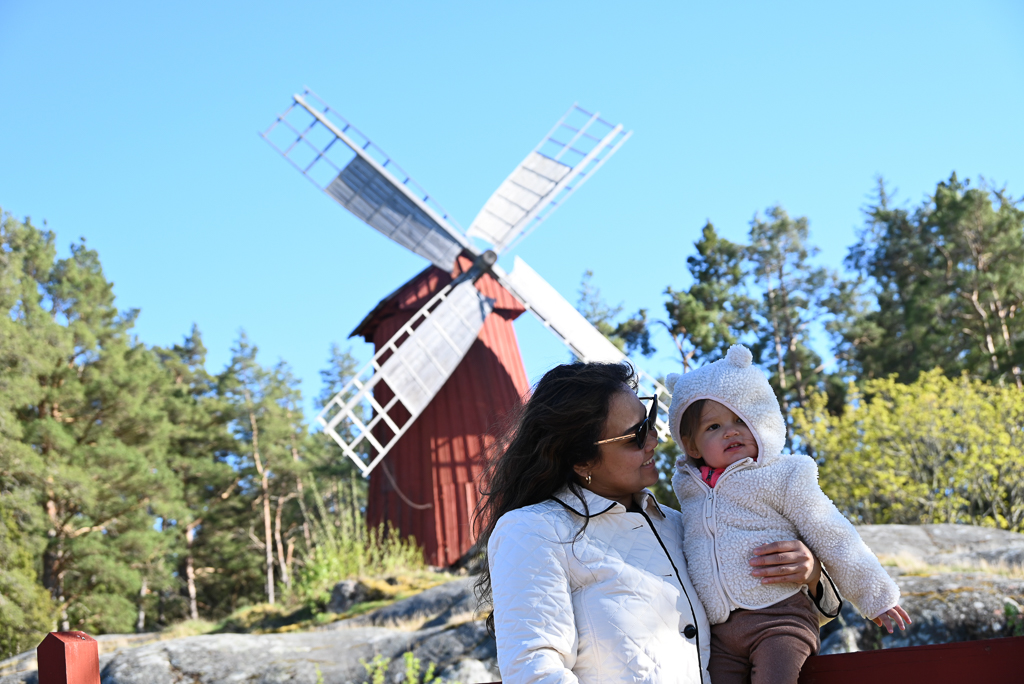
Paulaand Indie in front of a Windmill at Kastelholm Castle
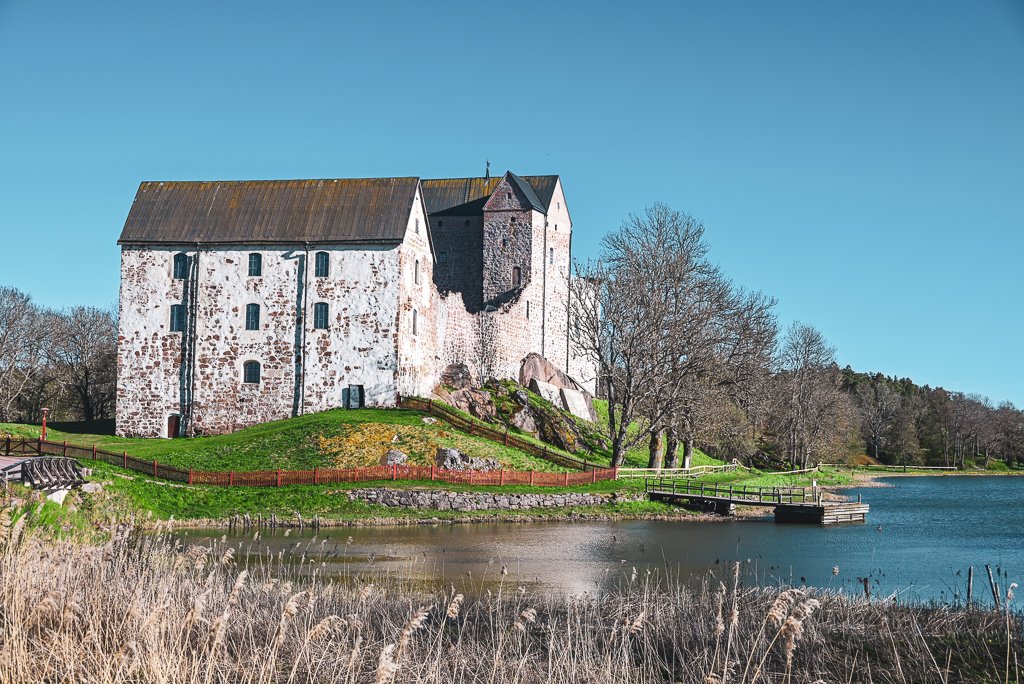
Kastelholm Castle
Chasing Ruins in the Midnight Light
One of the great advantages of visiting Scandinavia in the summer is that it never truly gets dark.
The endless daylight gives you more time to explore—and more reason to squeeze in that one last adventure.
A Solo Evening Hike into Åland’s Forgotten History
With this in mind, after a full day of sightseeing, I dropped off my family at the hotel and set out on a solo mission.
I had read about an old World War I–era fort, reportedly hidden in the forests near Gottby. Åland was fortified by Russia during WWI, with 10 coastal batteries, garrisons, airfields, plus roads, cables, trenches, and mines—designed to defend the entrance to the Baltic Sea
Intrigued, I wanted to find it.
Miles of Forest, No One Around
It wasn’t exactly clear where the ruins were located, so I hiked for miles through the overgrown forest, navigating on instinct.
Not a soul was around.
The air was crisp with that unmistakable fresh scent of a Scandinavian spring forest.
Discovery at Dusk
Just as I was about to turn back, I finally stumbled upon some old brick ruins—the weathered remains of a long-forgotten Russian fortress.
I suspect there were many more ruins still concealed in the forest, but with the night approaching (even if it never fully darkens here), I didn’t have time to continue the search.
Still, finding even this small piece of history felt like discovering a secret hidden in the woods—one of those unexpected moments that make travel so rewarding.
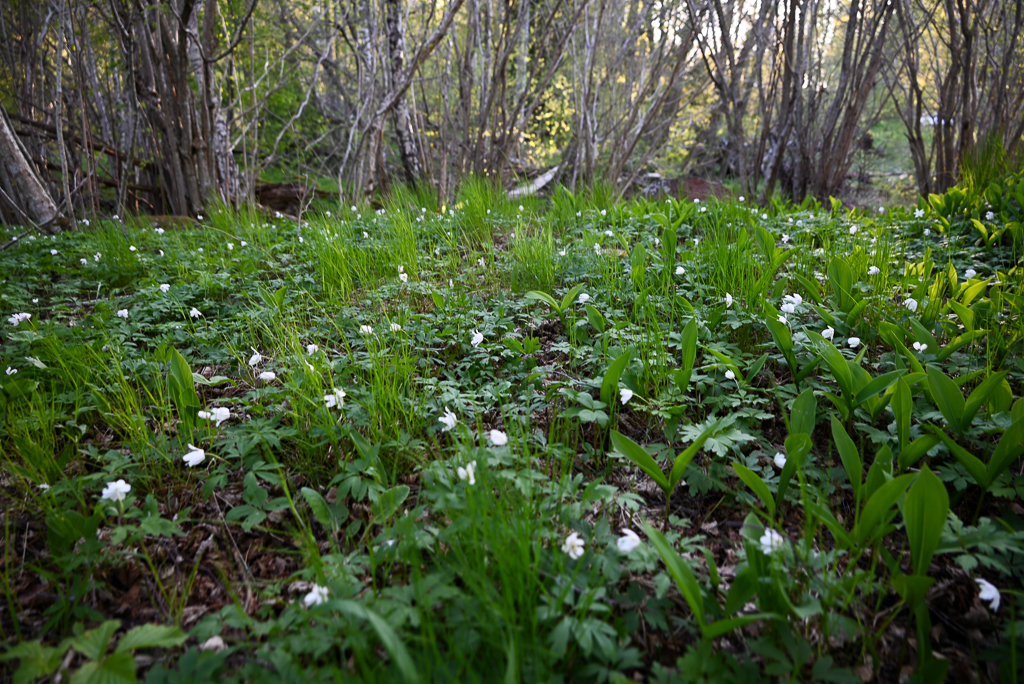
Forest Hike to Russian Ruins
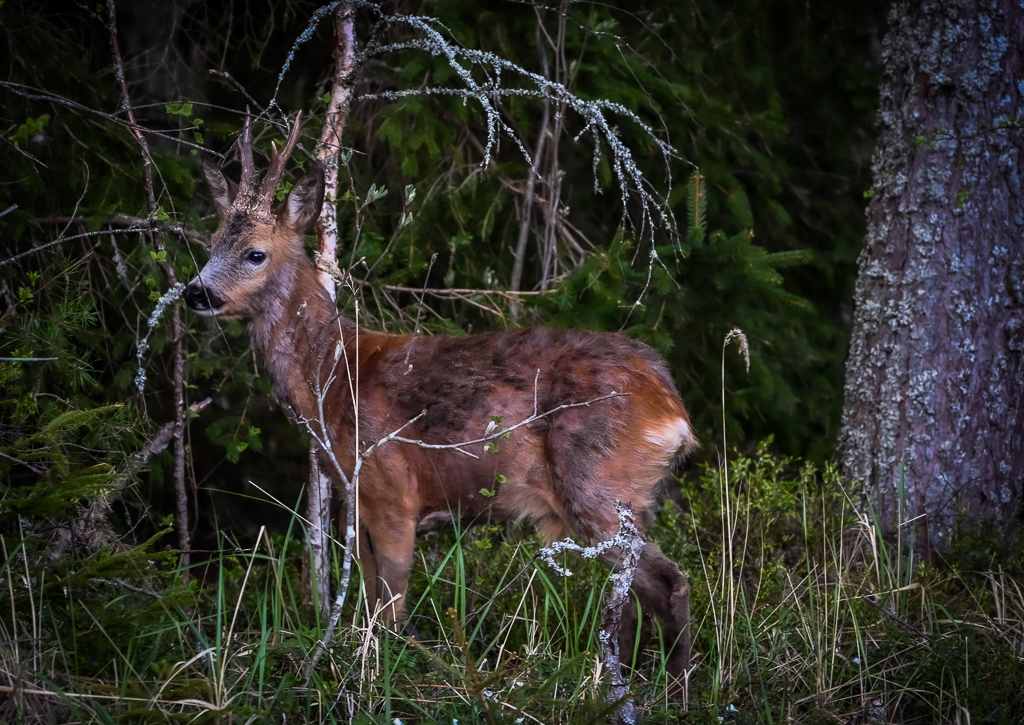
Alandis land deer-common sight in the forests and fields
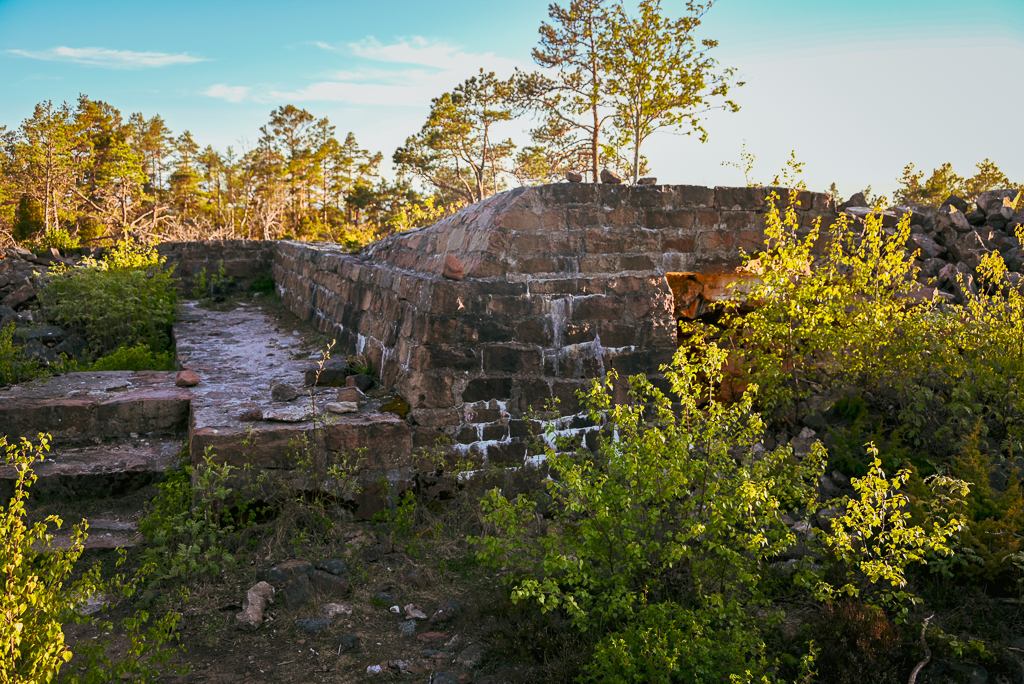
WWI Russian fortress barracks
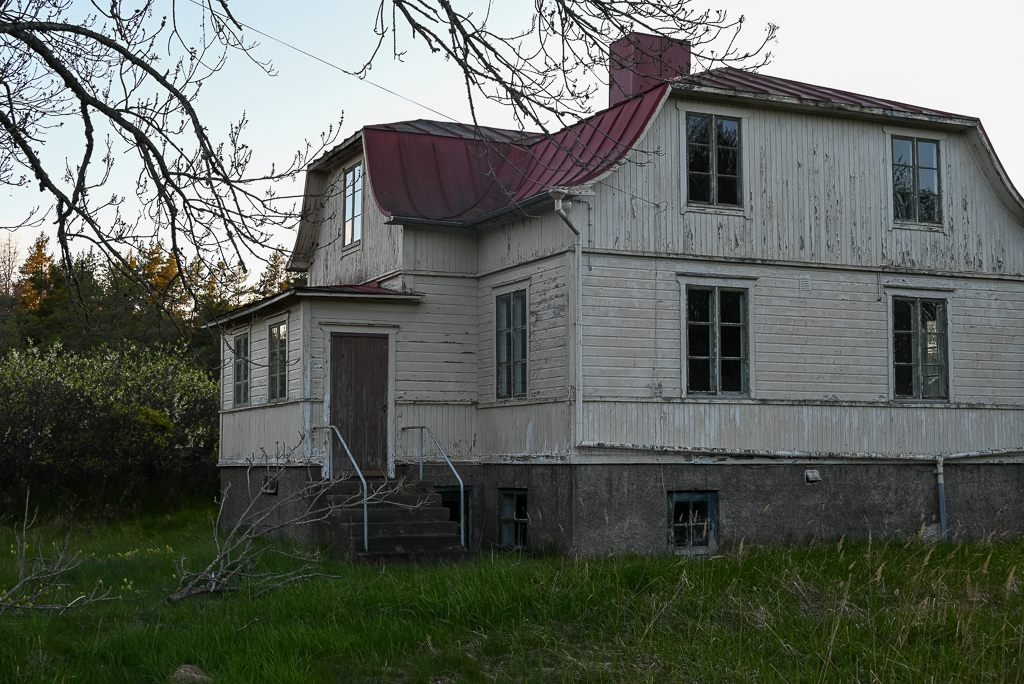
Old abandoned Swedish house
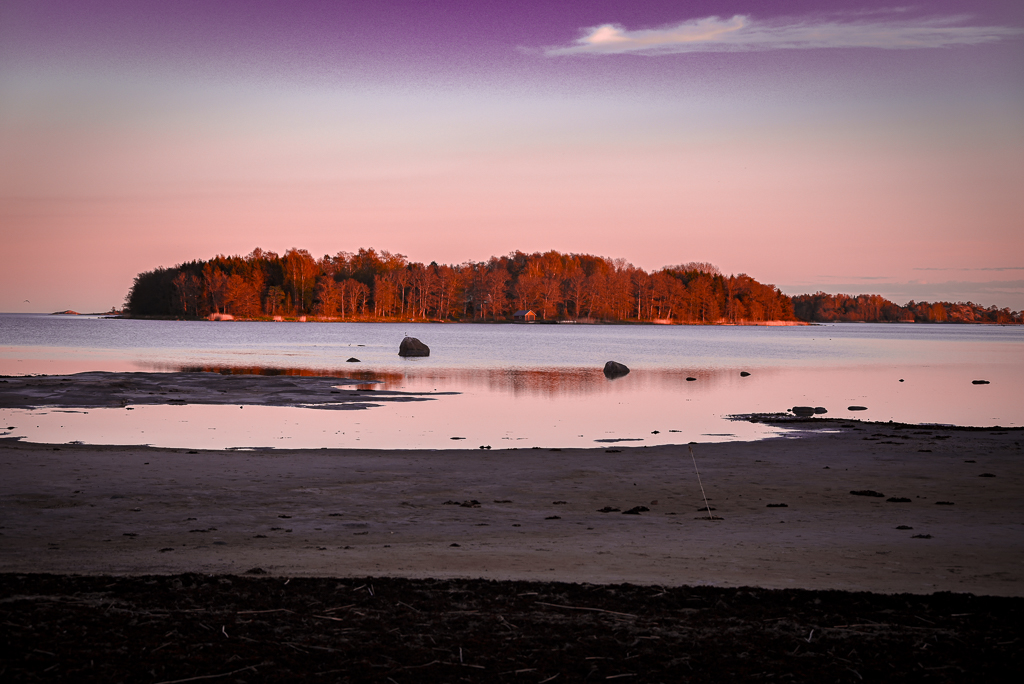
View of the Baltic Sea from our cabin grounds during twilight
A Slow Morning Before Departing for Finland
The next morning, we decided to take it slow.
With our ferry to Turku, Finland scheduled for the late afternoon, there was no need to rush. We spent a leisurely day relaxing around our cabin, soaking in the peaceful atmosphere of the Åland countryside.
Exploring the Forest With Indie
When the rain finally let up, I took Indie out on a little adventure.
We wandered into the nearby forest trails, where I introduced her to the magical world of the forest floor:
-
Moss carpets soft underfoot
-
Tiny mushrooms tucked beneath the trees
-
Pine cones, twigs, and colorful leaves scattered everywhere
It was a quiet, simple moment—but a special one. I hoped that by showing her these small natural wonders, it might help spark her imagination and deepen her love for the outdoors.
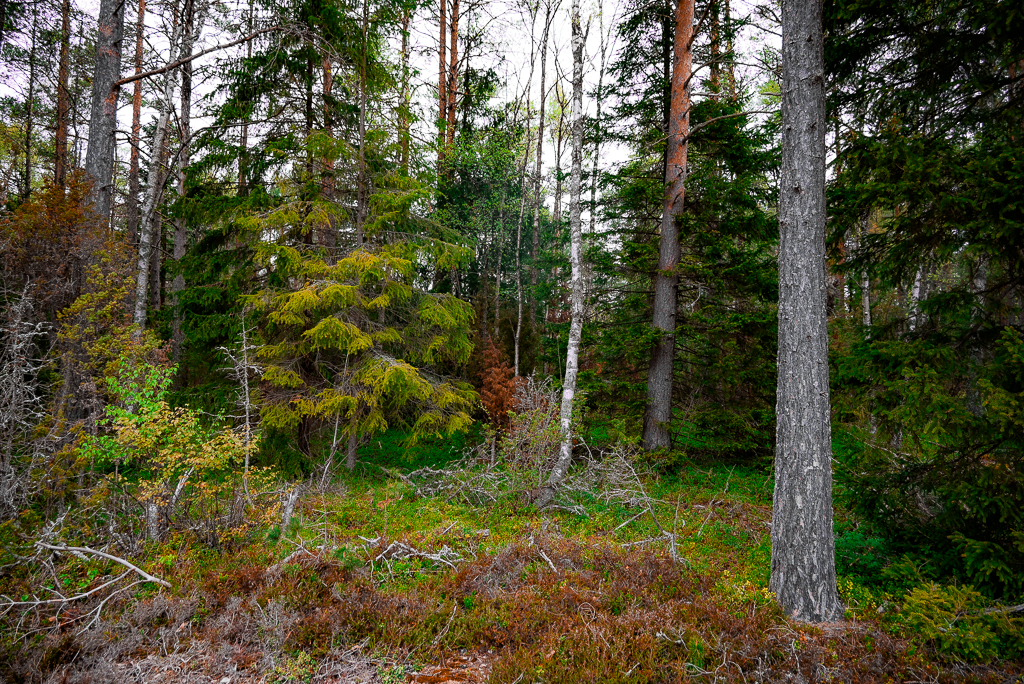
Aland Island forest
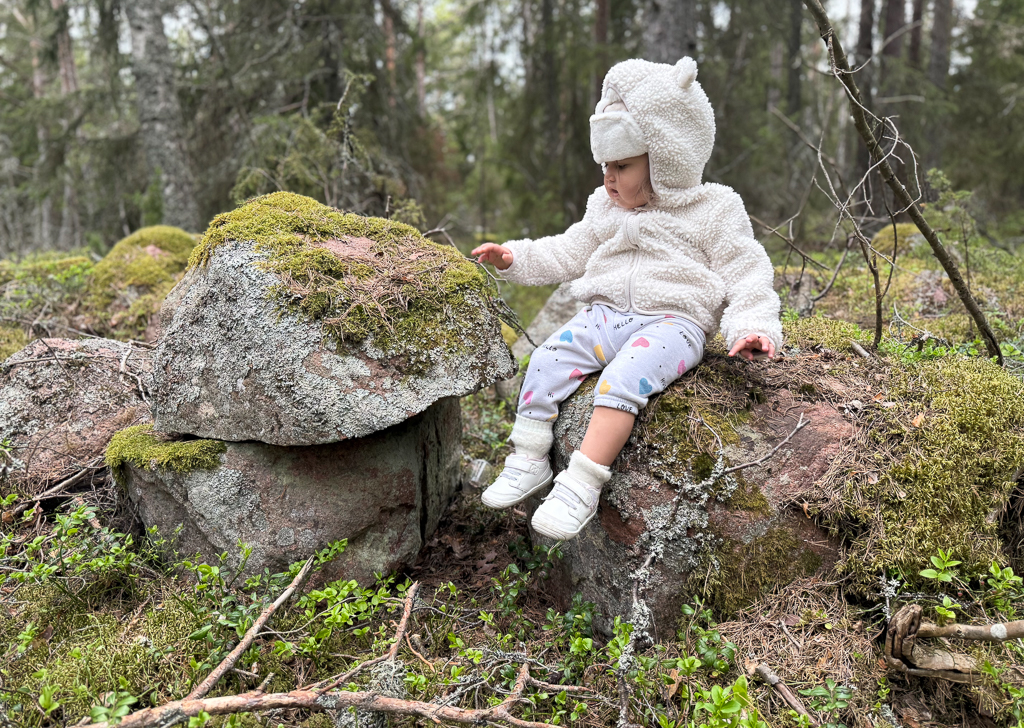
Indie exploring the forest

Learning how to walk on the bouncy moss
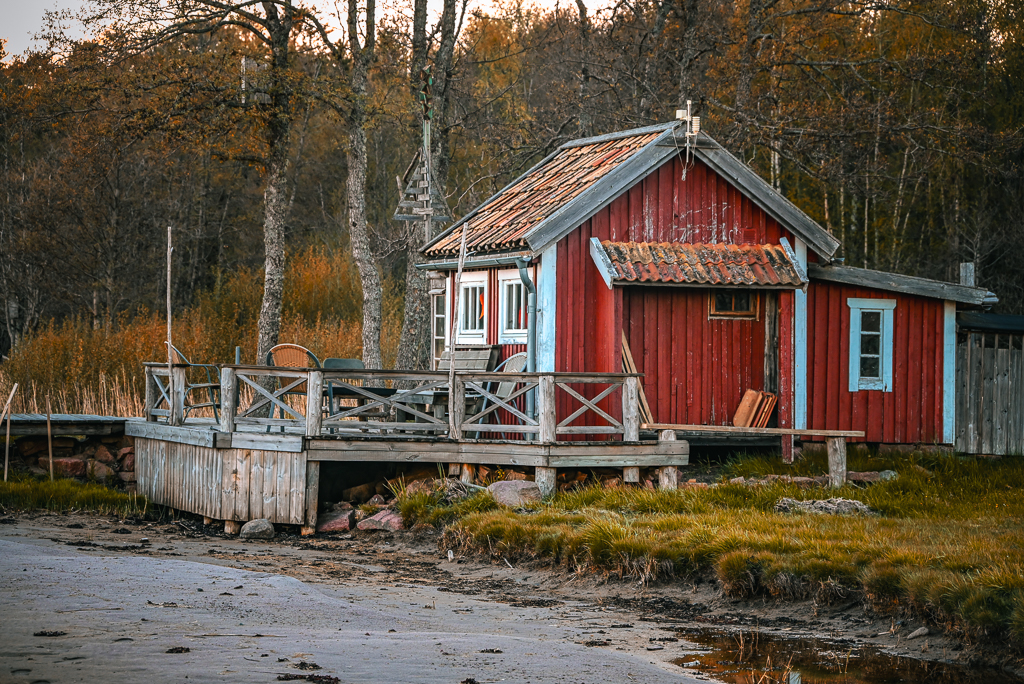
Small cabin common in the Alands
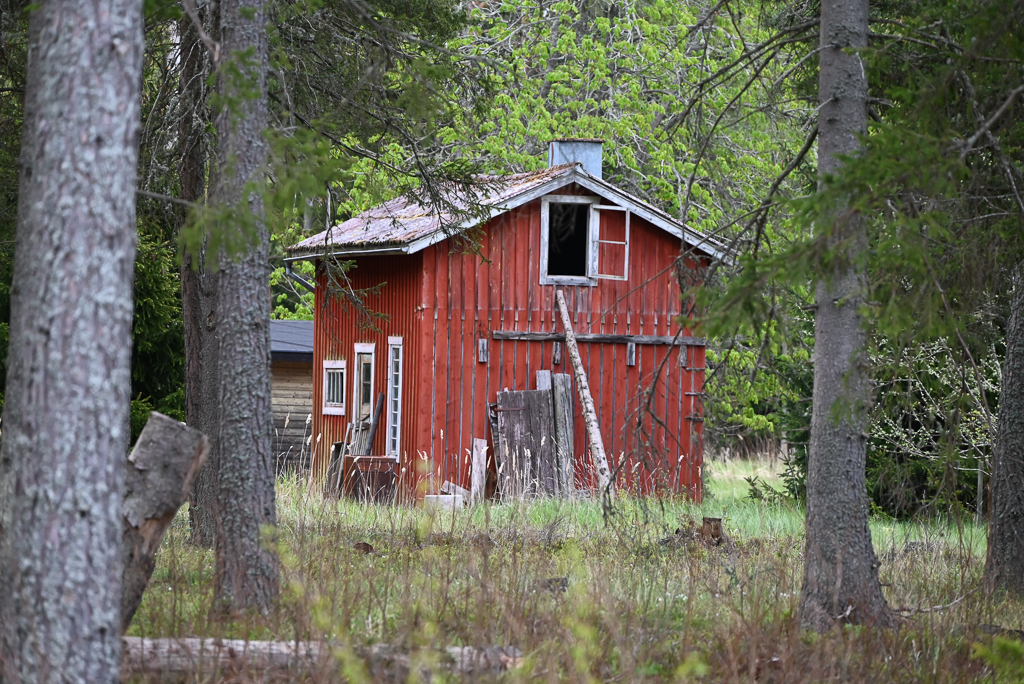
An old red farmhouse
Farewell to Åland
At the end of the day, we boarded the five-hour ferry bound for Finland, watching the Åland Islands slowly fade from view across the Baltic Sea.
As we sailed toward Turku, we reflected on the wonderful time we’d had—two days of relaxing, exploring hidden ruins, wandering medieval castles, and enjoying the quiet beauty of the islands.

